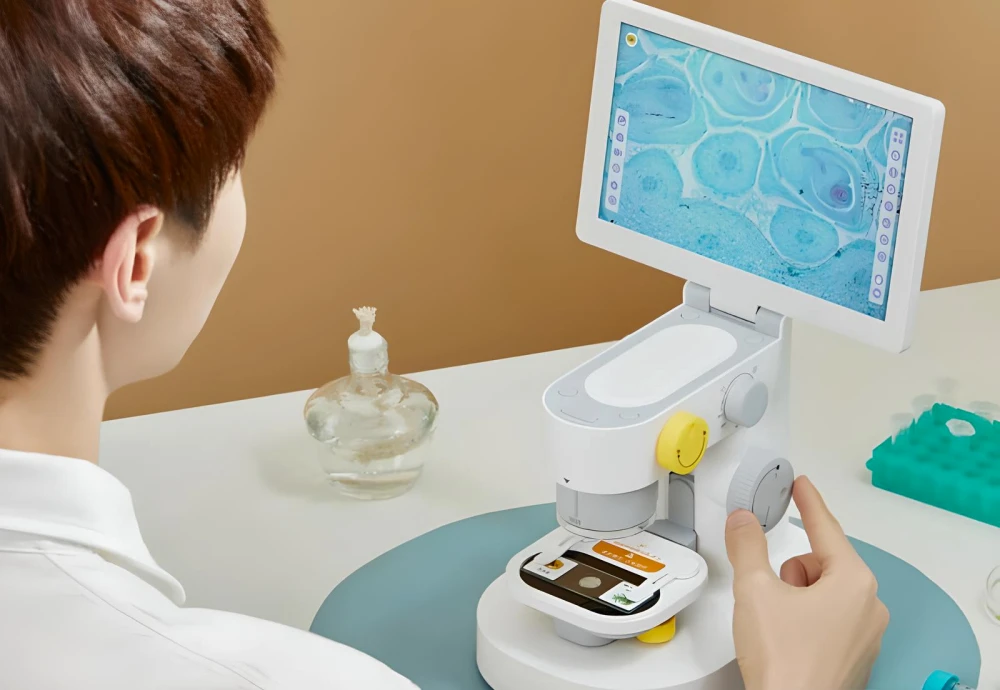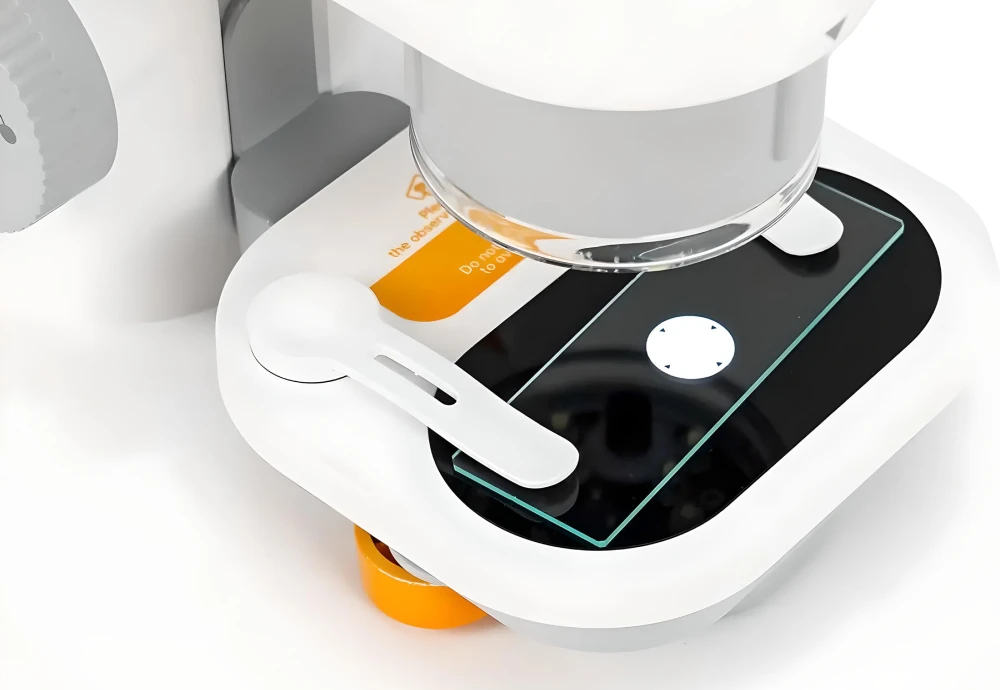Mastering the Art of Scientific Observation with a Research Microscope

The realm of science is an ever-evolving landscape, teeming with mysteries waiting to be unraveled. At the heart of this exploration lies one indispensable tool – the research microscope.
A Deep Dive into The World Of Research Microscopes

In our quest for knowledge, we often find ourselves needing to delve deeper than what meets the naked eye. This is where a microscope comes into play. It’s not just about magnifying objects; it’s about enhancing our understanding and pushing boundaries in various fields from biology to materials science.
Navigating Your Way Around A Research Microscope
Learning how to use your microscope effectively can dramatically improve your observational skills. From adjusting focus knobs to changing objective lenses, mastering these basic operations will help you get more out of each viewing session.
Tips And Tricks For Maximizing Your Experience

Beyond knowing how to operate it, there are ways you can optimize your experience with a microscope. Cleaning lenses regularly and keeping slides organized are just some practices that can enhance your observations significantly.
The Benefits Of Using A High-Quality Research Microscope
A high-quality microscope like Luminessa’s 1200X Touchscreen Digital Microscope with Triple Camera offers superior image quality and user-friendly features. It’s not just a tool for observation, but also an instrument that inspires curiosity and fosters scientific discovery.
Staying Abreast With The Latest Trends In Research Microscopy
The world of research microscopy is constantly evolving with advancements in technology. Staying updated on these trends can help you make the most out of your microscope.
Making Your Mark In Science With A Research Microscope
Your journey into the microscopic world doesn’t have to end at mere observation. With a microscope, you can contribute to science by documenting your findings and sharing them with the community.
In this quest for knowledge, remember that each slide viewed under your microscope holds potential for new discoveries. So gear up, peer through the lens, and let every detail inspire awe!
Enhancing Educational Experiences with a Research Microscope
The importance of a research microscope extends beyond laboratories and into classrooms. It offers students an immersive learning experience, allowing them to explore the minute details of life that are otherwise invisible to the naked eye. Whether it’s observing the intricate structure of cells or identifying different types of bacteria, using a research microscope can foster curiosity and encourage scientific inquiry among learners.
Choosing Your Ideal Research Microscope
Selecting your ideal microscope is a crucial step in your journey towards scientific exploration. Consider factors such as magnification power, resolution, illumination type and whether you need additional features like digital imaging or phase contrast capabilities. A well-chosen microscope, tailored to your needs can greatly enhance your microscopy experience.
Taking Care Of Your Research Microscope: Best Practices
Adequate care for your research microscope not only prolongs its lifespan but also ensures consistent performance over time. Regular cleaning, proper handling and storage are vital steps in maintaining the functionality of this delicate instrument.
Finding Joy In The Journey With A Research Microscope
Using a microscope isn’t just about achieving results; it’s about finding joy in the process itself – from preparing slides to making observations and drawing conclusions based on what you see under the lens.
Bridging Science And Art Through A Research Microscope

Apart from being an essential tool for science exploration, did you know that a microscope could also be a bridge between science and art? Microscopic photography, also known as photomicrography, is an artistic endeavor that combines scientific observation with aesthetic appreciation. It’s yet another way your research microscope can serve as a gateway to new experiences.
Whether you’re a seasoned scientist or just starting out in the world of microscopy, remember that every exploration under your lens brings you one step closer to unraveling the mysteries of our universe. So go ahead—embrace this journey with open arms and let the world beneath your microscope inspire awe and wonder!



















Leave a comment